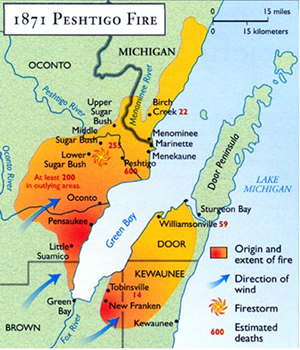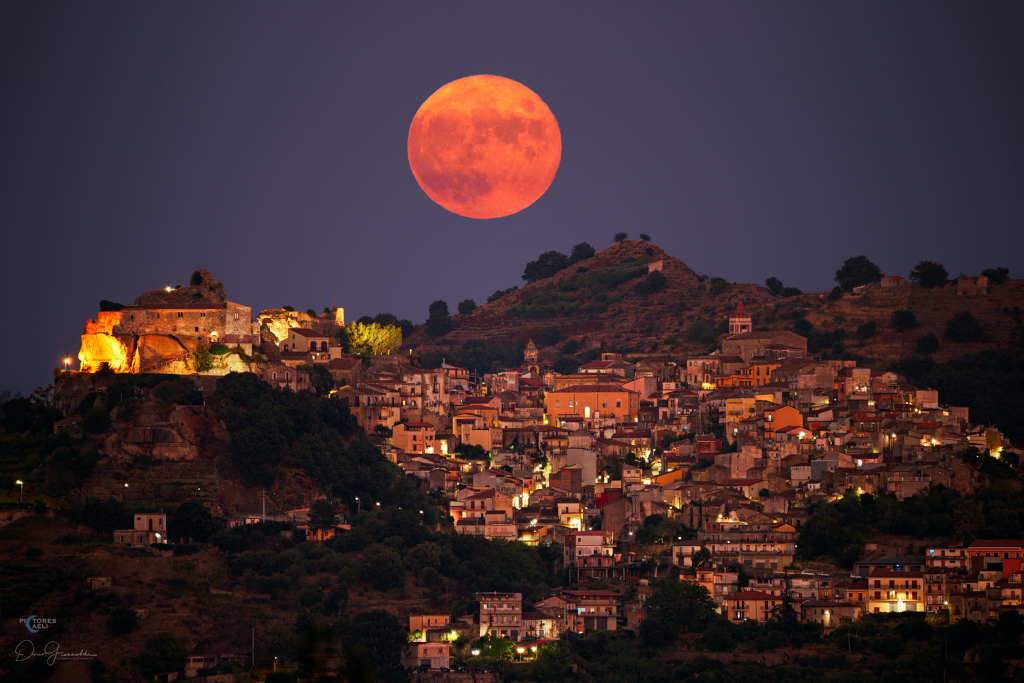In The Danchenko Motions, I wrote:
I've reviewed the government motions in limine and the response of
defendant Igor Danchenko, a US based Russian national. Read together
they reinforce my notion that the government will have a difficult time
convincing a jury, particularly one in the DC area, to find Danchenko
guilty (and they may very well be correct in that conclusion). At the
same time, the motions reinforce my confidence in the underlying
accuracy of the real story behind the Russia collusion hoax:
I was correct regarding Danchenko's acquittal while the trial testimony reinforced confidence in the underlying accuracy of my views expressed on this subject since 2018. In fact, it turns out the degree of collusion to invent and maintain the collusion hoax was more than I originally thought possible.
Key points from the trial:
1. Danchenko estimated that he was the source for 80% of the factual statements and 50% of the analysis in the Steele Dossier.
2. Danchenko's defense was based not on the accuracy of the information he passed on to Steele, but on the contention he accurately portrayed to Steele, and later the FBI, that he was merely passing on gossip and unsubstantiated rumor.
3. In October 2016, the FBI offered to pay Steele up to $1 million if he could provide verification for the claims made in the dossier. He never did so.
4. In January 2017, the FBI interviewed Danchenko, who informed them of the unreliability of the claims in the dossier.
5. The FBI Supervisory Intelligence Analyst, serving as the direct contact with Danchenko, confirmed the agency was never able to corroborate Danchenko's claims.
6. Despite this, in October 2016, and January, April, and July of 2017, FBI and DOJ officials certified to the FISA Court regarding the reliability of the claims made in the dossier, which were incorporated into the FISA warrant application and its renewals. Remember that, according to the Inspector General's report, the warrant would not have been issued without the claims regarding the dossier. It turns out we had a word game being played in which the FBI and DOJ claim their certification was simply that they had verified Danchenko passed the claims on to Steele who reported them accurately, not that the claims themselves were reliable.(1)
7. Even with the dossier information, the FBI/DOJ was initially advised by the FISA Court reviewer, who reviews and comments on draft applications, that the warrant would probably not be approved unless the FBI/DOJ included information on the overall reliability of Steele's sources. In response, the final warrant application cited Steele's Russian informant network developed when he worked for British intelligence, implying the same network was the source for the dossier. This was false as Danchenko and Steele's other sources were unconnected with that earlier network.
8. In his Congressional testimony, Special Counsel Robert Mueller, repeatedly asserted that the Steele Dossier was "beyond his purview", and indeed his report made no mention of it in the section reporting on possible collusion by Trump and his associates, only making a footnote reference in the second part on possible obstruction of justice. This was an inaccurate statement. Testimony at trial revealed that the Special Counsel had an entire team investigating the claims made in the dossier. It seems the dossier was not mentioned in the final report because Mueller's team could not verify the claims.(2)
9. In the course of investigating the dossier, the Mueller team rejected the recommendation by an FBI agent, assigned to the Mueller investigation, to interview Charles Dolan, once she discovered he was a source for Danchenko. Dolan is a DC lobbyist, who has worked on Clinton campaigns throughout the years, and was supporting Hillary in 2016. The recommendation to interview him came after the FBI agent realized that Dolan also handled PR in the United States for the Kremlin and was personally meeting with Vladimir Putin's spokesperson. The Clinton partisans serving as Mueller's legal team clearly did not want to touch anything that connected Hillary Clinton with Putin, so avoided interviewing Dolan.
The trial testimony further confirms (1) there was not enough reliable evidence to justify applying for the FISA warrant on Carter Page; (2) by late January 2017, the FBI had interviewed the primary source for the Dossier, who could not verify the accuracy of its contents, nor had Christopher Steele provided any further information regarding its accuracy; (3) by the time of Robert Mueller's appointment in May 2017, no further support for the reliability of the dossier had been uncovered. Yet, for two more years, the Steele Dossier continued to exist as a boogeyman for the media, used to scare unsuspecting readers and viewers, all in furtherance of its narrative regarding Donald Trump.
At this point all one can say is that Hillary Clinton, James Comey, Adam Schiff, the New York Times, and Donald Trump (the latter for his post-2020 election insanity) could not have done more to damage the United States and its institutions than if they'd been paid agents of Vladimir Putin.
As for Durham and his investigation, who knows what's next? Will they issue a report? Will there be any further prosecutions?
At the risk of sounding more and more like Cato the Elder, who ended each speech in the Roman Senate with "Carthago delenda est", I continue to ask, "will no one tell me who Josef Mifsud was working for?"
-------------------------------
(1) This word game reminds me of what happened with the Hunter Biden laptop in the closing weeks of the 2020 campaign. As soon as the New York Post reported on the laptop, 51 former intelligence officials issued a statement saying the story had "all the hallmarks of Russian disinformation". That was enough for most of the rest of the press as well as Facebook and Twitter to ignore the story and suppress it from circulation. Now that Biden has been elected, it apparently has become permissible to acknowledge the authenticity of the laptop. Its contents raised questions not only about Hunter Biden, but what his father knew of, or possibly derived financial benefit from, his son's Russian, Ukrainian, and Chinese connections. Once the authenticity of the laptop became evident, 50 of the 51 officials have declined to comment. The one who did told the press that their statement merely said the story had "hallmarks of Russian disinformation", not that the story actually was Russian disinformation, and it wasn't his fault if people can't read. That's okay since it served its purpose, signaling to a press predisposed to favor Biden that it was okay to suppress the story.
(2) I don't know if Mueller deliberate misled Congress. By the time of his testimony he seemed to be mentally worn down and his appearance was embarrassing. It's possible his Clinton supporting legal team manipulated and misled Mueller during the preparation of his testimony, and perhaps throughout the entire investigation.




 The logging industry left discarded wood and timber everywhere in the area, which served as kindling. Though the source of the fire is unknown, once started, the strong winds aided its development and spread, creating a firestorm. Approximately half the population of Peshtigo perished (500-800 people), while at least a dozen other settlements were burned to the ground. Peshtigo burned in less than an hour, with many of the survivors seeking refuge in the nearby river, along with panicked domestic and wild animals.
The logging industry left discarded wood and timber everywhere in the area, which served as kindling. Though the source of the fire is unknown, once started, the strong winds aided its development and spread, creating a firestorm. Approximately half the population of Peshtigo perished (500-800 people), while at least a dozen other settlements were burned to the ground. Peshtigo burned in less than an hour, with many of the survivors seeking refuge in the nearby river, along with panicked domestic and wild animals. 

